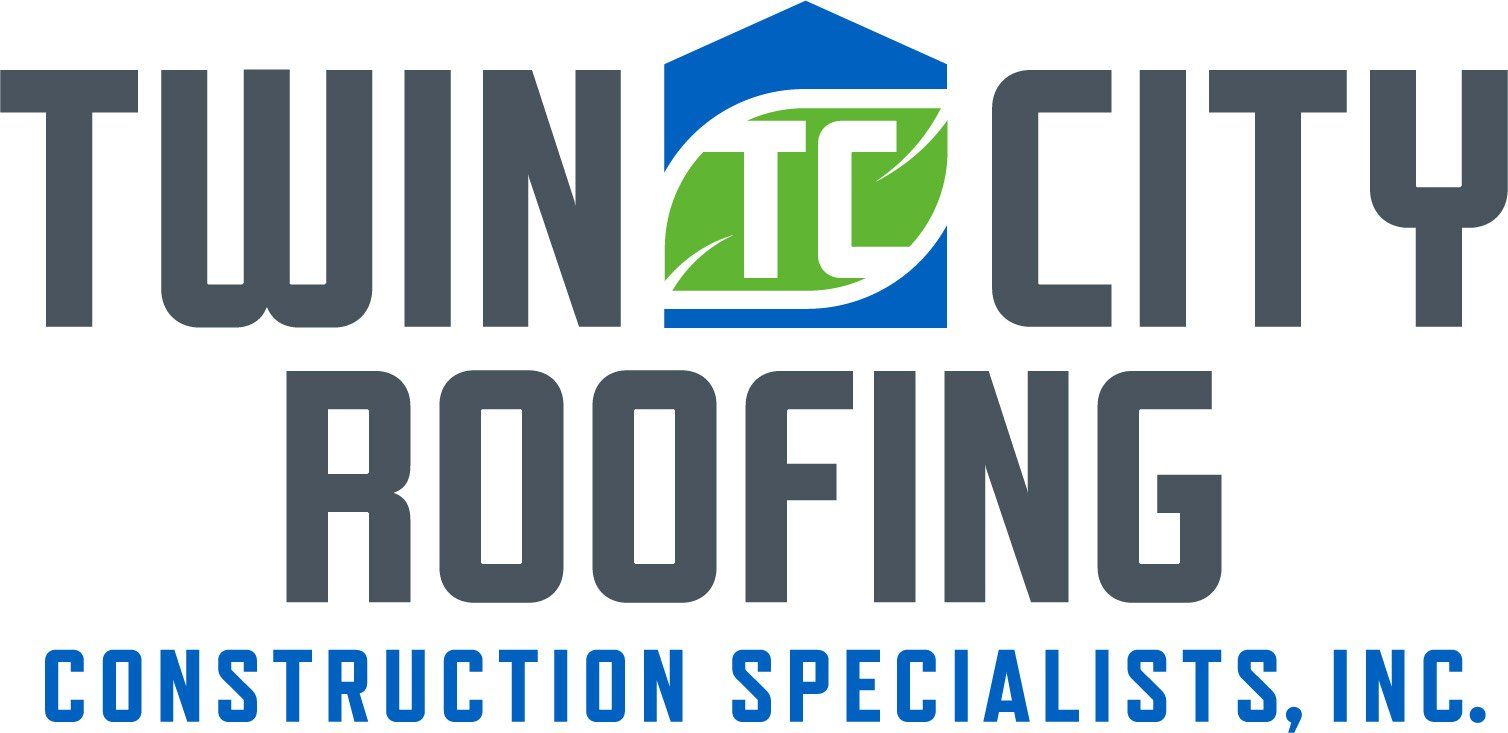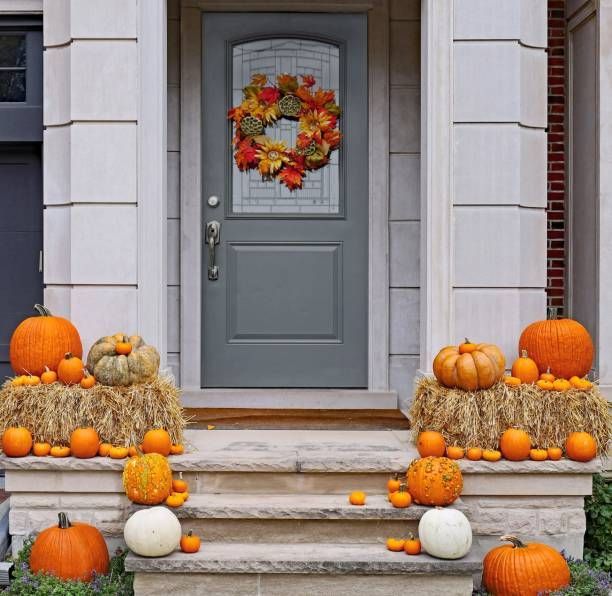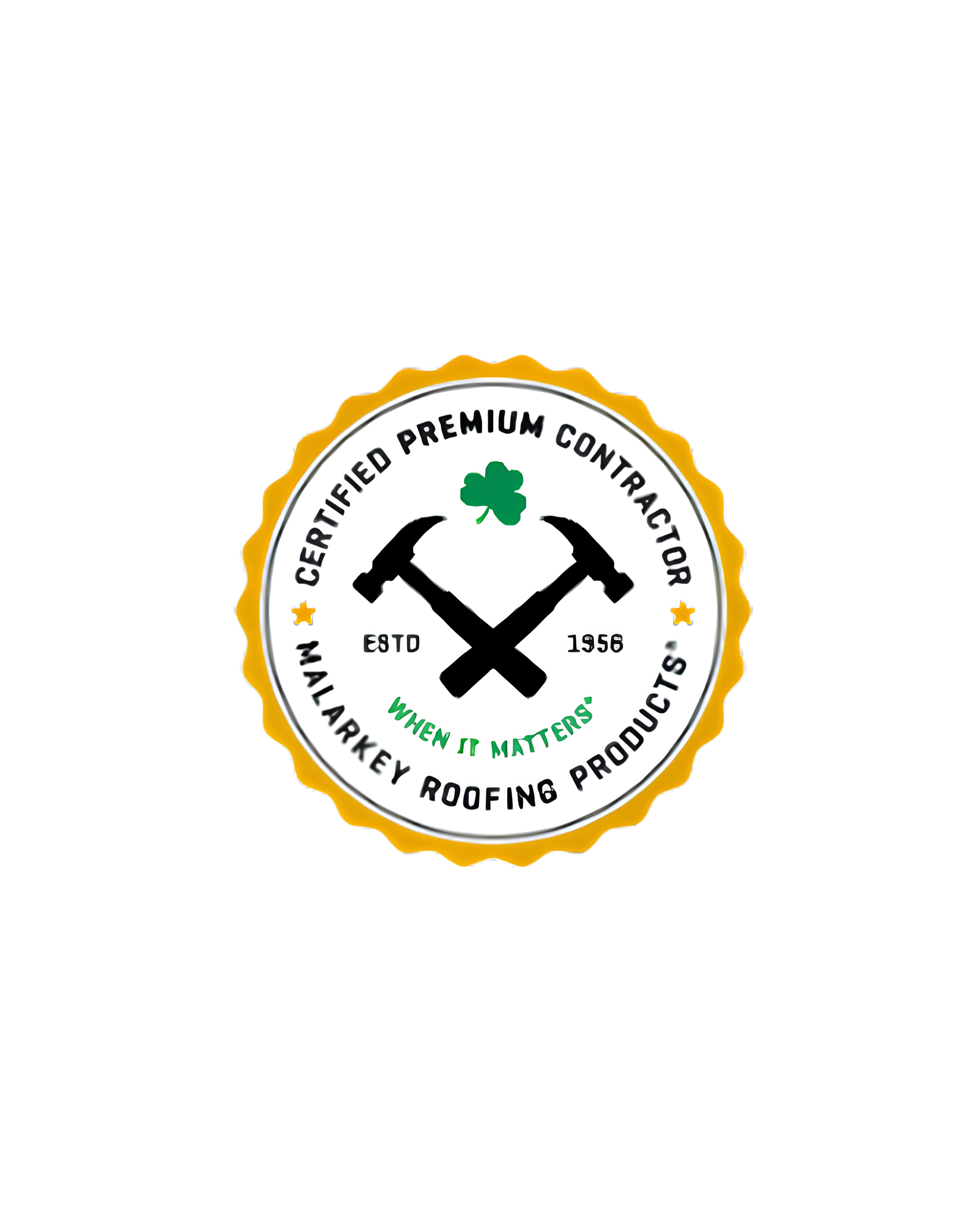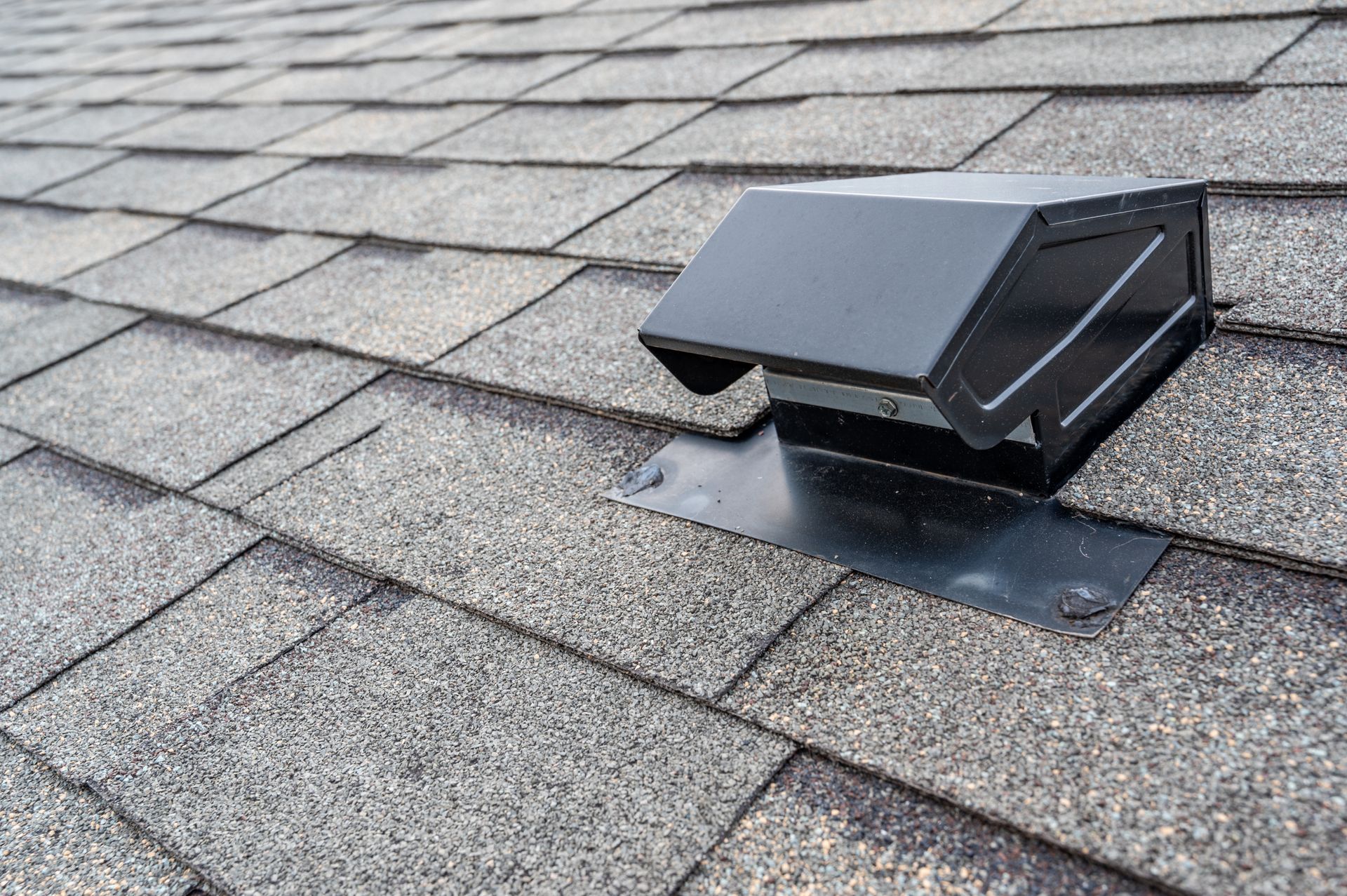How Long Do Roof Shingles Last in Minnesota’s Twin Cities?
How long should my shingle last, and what causes them to wear?
HOW LONG SHOULD MY SHINGLE LAST?
This is perhaps, the most common and the most important question one might ask when looking for a new roof, getting a new roof, or just having installed a new roof. Like most things, the answer is: IT ALL DEPENDS!
VARIABLES AFFECTING LONGEVITY OF SHINGLE LIFE:
Minnesota, and other northern states in general that have extreme winter weather conditions, have many weather-related factors that can negatively impact one of your home’s most important components. Let us briefly discuss the big ones here:
INSULATION:
One of the benefits of insulation is to prevent the movement of air, mainly the movement of the warm air within your livable spaces to the colder outside air that exists in your attic. Warm air inside of attics creates frost in the wintertime which deteriorates your roof sheathing at a much faster rate. This deterioration can negatively affect your shingles over time.
VENTILATION:
A vital component of any roof system, ventilation allows any warm (moist) air to escape the attic cavity thereby reducing the likelihood that frost can build up. Additionally, in the summertime, good ventilation can exhaust the warm air that builds up from the heat of the sun. In both instances, adequate ventilation immensely reduces the temperature swings within your attic and in so doing increases the life expectancy of your shingles.
ORIENTATION TO THE SUN:
Believe it or not, a shingle that prominently faces East-West will have a longer life expectancy than a shingle that faces North-South. The sun’s powerful rays deteriorate anything that it shines directly onto, and an asphalt roof is no exception. Additionally, the north side of roofs, which see limited sunlight has a greater likelihood of moss/algae growth which can cause damage to the granules integral to any shingle.
QUALITY INSTALLATION:
As with anything if it is not done right upon installation, then it cannot be expected to last as long as it otherwise would. Diligence to items such as flashing work, roof penetrations, and nailing can all affect longevity.
SURROUNDING VEGETATION:
Tree cover, lakes/rivers, or wide-open spaces around one’s home can affect the longevity of the shingles. Trees drop leaves, twigs, and sometimes limbs on our rooftops which over time can have a negative effect on longevity. Excessive moisture levels associated with bodies of water can affect longevity through an increase in mold/mildew and algae/moss growth. As well as wind can play a significant role in the likelihood of “blow-off” of your shingles or other components.
All these factors can be mitigated with knowledge of their existence and a good game plan on how to deal with them. At TCR we have a working knowledge of these factors and take them into account with any re-roofing project.
“We are your home improvement experts, so you don’t have to be”











